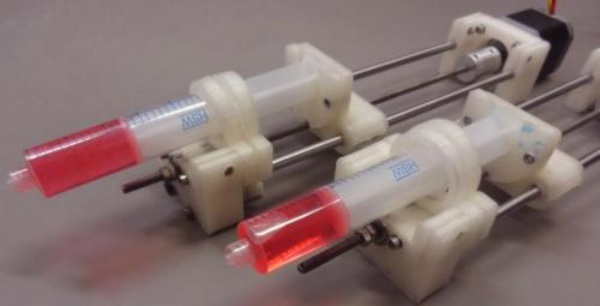What is the Value of Open Source Hardware Development?
Sometimes, the value is in what you do NOT waste.
How do you calculate the savings obtained by developing certain products “for free”? There are many answer to this question. Sometimes the answer may be simply that there are no savings, compared to the traditional, only-for-profit way of doing things. Many times, however, the savings are there, and much value can be created.
Some good ways to concretely estimate such savings and value are described, with encouraging resultsa 2015 paper by prof. J.M. Pearce, J.M. (2015), titled “Quantifying the Value of Open Source Hardware Development”.
The paper notes that, thanks to technologies like 3D-printing, there are many more possibilities every year for “distributed manufacturing in both scientific equipment and consumer goods” (1). Legally speaking, almost every product can be designed, or released later, as “free and open source hardware (FOSH)”, that is with open licenses that allow everybody to use and improve, or customize the designs without paying any royalty.
Such a practice, argues the paper, creates “a large value to those with access to digital manufacturing methods and particularly for scientists with needs for highly-customized low-volume production products”.
OK, but HOW large?
One ever-present problem with FOSH and, in generally, anything developed and distributed with open licenses is that it is even more challenging to find funding for it, because it is more difficult than with traditional models to quantify the value of the result.
And that is the object of that paper: it evaluates three different methods to quantify the value of FOSH designs, and analyzes their general applicability, in both low-cost scientific equipment and consumer products.
Case study: an Open Source Syringe Pump

To demonstrate how to extract the calculated values with the lowest possible error a case study to determine the value of an open-source syringe pump (OSSP) design is analyzed to represent scientific tool, which may be government funded for scientific innovation acceleration, but also have applications in STEM education and medicine.
And the conclusion is…
The paper successfully provided three methods of quantifying the value of free and open source hardware in order to provide economic justification for the support in FOSH development investment.
The methods are relatively straight-forward to institute and are based on reliable freely-available data with minimal assumptions. The case study presented found millions of dollars of economic value from a relatively simple scientific device being released under open-licenses.
This represents orders of magnitude increase in value from proprietary development. It is clear that FOSH development should be funded by organizations interested in maximizing return on public investments particularly in technologies associated with science, medicine and education.
My final personal observation: That paper was published in 2015 (1), and was already relevant then. In 2020, we have COVID-19 shutting down schools for months, overloading hospitals and destroying budgets from state to household level worldwide. Any possibility to save or not waste millions should not be dismissed. Even if it were “limited” to low volume production of medical and educational equipment.
- If you want to know much more about these possibilities, and their long-term impacts on society, read my posts about my work in the DiDIY Project!
Who writes this, why, and how to help
I am Marco Fioretti, tech writer and aspiring polymath doing human-digital research and popularization.
I do it because YOUR civil rights and the quality of YOUR life depend every year more on how software is used AROUND you.
To this end, I have already shared more than a million words on this blog, without any paywall or user tracking, and am sharing the next million through a newsletter, also without any paywall.
The more direct support I get, the more I can continue to inform for free parents, teachers, decision makers, and everybody else who should know more stuff like this. You can support me with paid subscriptions to my newsletter, donations via PayPal (mfioretti@nexaima.net) or LiberaPay, or in any of the other ways listed here.THANKS for your support!